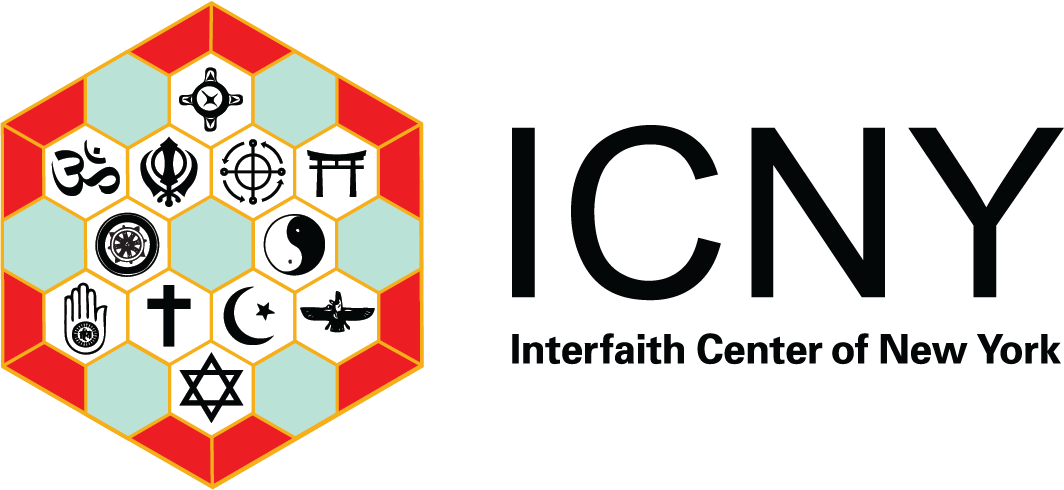The Religious Worlds institute helps K-12 teachers and students explore the religious lives of their diverse neighbors. This is an essential contribution to American life, given the rapidly growing religious diversity of the United States, and the challenges facing the academic study of religion in American K-12 schools. By supporting teachers and students, we are ultimately working to create a more just and inclusive society for Americans of all religious and secular backgrounds.
The religious diversity of the United States has grown dramatically since the immigration reform act of 1965 welcomed new waves of Americans from every corner of the earth and every faith tradition. There have been Muslims in the Americas since the dawn of the Atlantic slave trade, as well as growing numbers of Hindus, Buddhists, and Sikhs since the mid-nineteenth century, but in 1960 the sociologist of religion Will Herberg could still title his influential analysis of American religious diversity Protestant – Catholic – Jew. Over the past fifty years, however, the myth of a “Judeo-Christian country” has been swept away – one hopes! – by the arrival of Muslims from South Asia, the Middle East, West Africa, and elsewhere; Hindus from India and the Caribbean; Buddhists from throughout East Asia; devotees of African diaspora traditions like Vodou and Santeria; as well as members of countless other communities – including, of course, new and diverse waves of Protestants, Catholics, and Jews. In 2001 the historian of religion Diana Eck titled her influential analysis of American religious diversity A New Religious America: How a “Christian Country” Has Become the World’s Most Religiously Diverse Nation. If young Americans are to become fully engaged citizens of our multicultural democracy, they need to understand its rich religious diversity.
Our public, private, and faith-based schools can play a vital role in fostering such understanding. But unfortunately, the academic study of religion has not fared well in American K-12 schools. Too many Americans mistakenly believe it is unconstitutional for our public schools to teach about religion. Too many teachers feel unprepared to address religion, or to draw the sometimes subtle distinction between constitutional and unconstitutional religious studies pedagogies. Too many textbooks ignore the role of religion in contemporary societies, relegating it to ancient history if they address it at all. As a result, too many of our students receive little more than a superficial introduction to a handful of major religious traditions – learning the answers to straightforward factual questions about, say, the life of Muhammad or the Four Noble Truths. This “dates and doctrines” approach may be tailor-made for standardized testing (eg, “Which of the following is not one of the Ten Commandments?”) but it does not convey the depth and complexity of religious life. It does not prepare our students to participate in the civic life of a religiously diverse society.
Our K-12 students do need to learn the doctrines and beliefs of major religious traditions, and the Religious Worlds institute therefore offers NEH summer scholars an advanced introduction to six such traditions. But much more than that, they need to learn about the religious lives of their diverse neighbors. They need to know how their own experiences of American society may be radically different – and not so different at all – from the experiences of their peers living in different religious worlds. The Religious Worlds institute therefore helps summer scholars teach their students about the everyday lives of diverse faith communities, rather than simply their doctrines and beliefs. The institute is thus helping to transform the study of religion in K-12 schools, and to empower a new generation of Americans to bridge the divides between their religious worlds.
